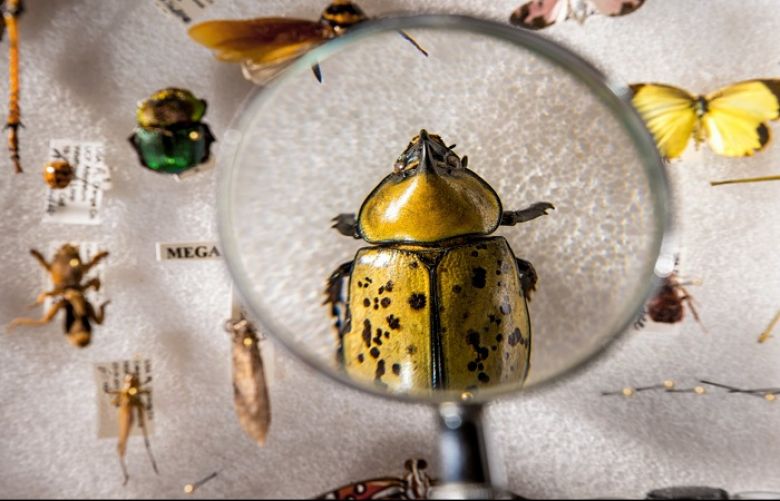Somehow, it's easier to be concerned about wolves, sea turtles, and white rhinos dying off than it is to feel remorse over vanishing bugs. But the loss of insects is a dire threat — one that could trigger a "catastrophic collapse of Earth's ecosystems," a new study said.
The research, the first global review of its kind, looked at 73 historical reports on insect declines around the world and found the total mass of all insects on the planets is decreasing by 2.5% per year.
If this trend continues unabated, the Earth may not have any insects at all by 2119.
"In 10 years you will have a quarter less, in 50 years only half left and in 100 years you will have none," Francisco Sanchez-Bayo, a study coauthor and researcher at the University of Sydney, told The Guardian.
That's a big problem because insects are food sources for countless bird, fish, and mammal species. Pollinators such as bees and butterflies also perform a crucial role in fruit, vegetable, and nut production.
Sanchez-Bayo and his coauthors focused their analysis on insects in European and North American countries. They estimated that 41% of insect species are in decline, 31% are threatened (according to criteria set by the International Union for Conservation of Nature), and 10% are going locally extinct.
That extinction rate is eight times faster than the observed pace of extinction for mammals, birds, and reptiles.
The study suggested that bee species in the UK, Denmark, and North America have taken major hits — bumblebees, honey bees, and wild bee species are all declining. In the US, the number of honey-bee colonies dropped from 6 million in 1947 to 2.5 million just six decades later.
Moths and butterflies are also disappearing across Europe and the US. Between 2000 and 2009 alone, the UK lost 58% of butterfly species on farmed land.
Dragonflies, mayflies, and beetles appear to be dying off as well.
When looking at all animal populations planetwide (not just insects), according to a 2017 study, the Earth appears to be undergoing a process of "biological annihilation." That analysis estimated that "as much as 50% of the number of animal individuals that once shared Earth with us are already gone."
This rapid decline in global biodiversity is sometimes called the "sixth extinction," since it's the sixth time in the history of life on Earth that the planet's fauna has experienced a major collapse in numbers.
In the past, mass extinctions have been caused by the emergence of ice ages or asteroid collisions. This mass extinction, however, is driven by human activities — namely deforestation, mining, and carbon-dioxide emissions that contribute to global warming.
"As insects comprise about two thirds of all terrestrial species on Earth, the above trends confirm that the sixth major extinction event is profoundly impacting life forms on our planet," the authors wrote.

